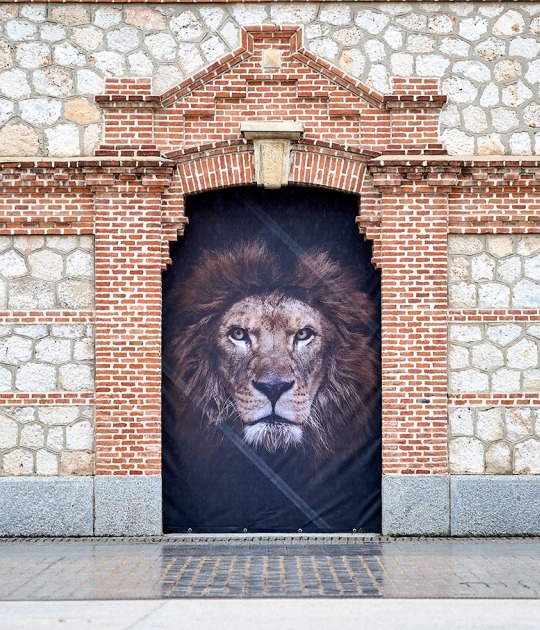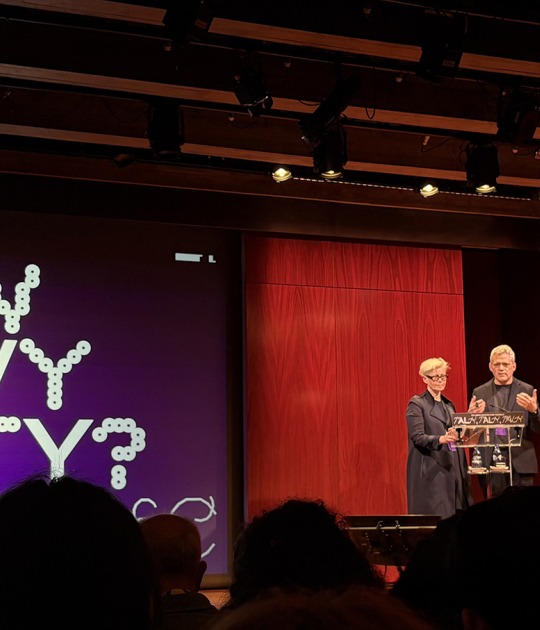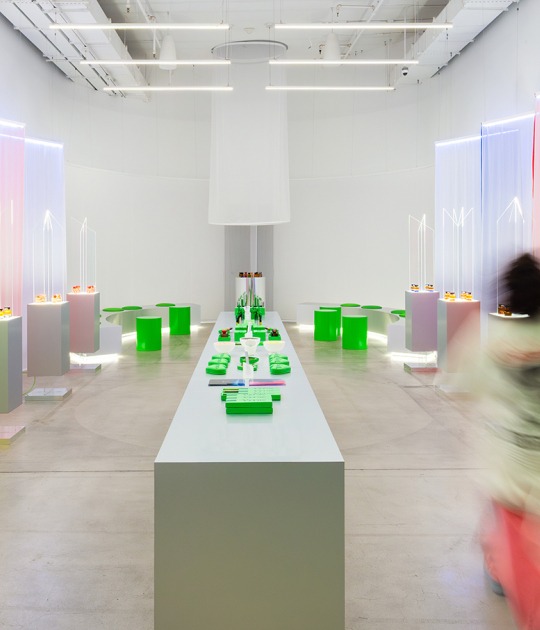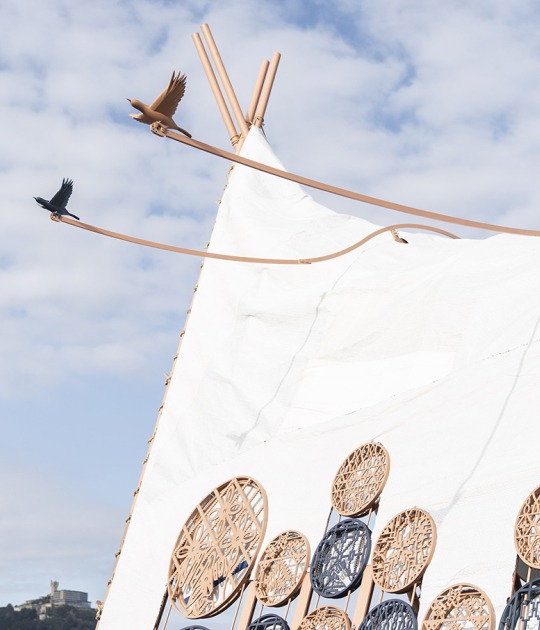The exhibition, composed by 152 photographs carefully selected by Lindbergh himself, is conceived in three chapters. Two large-scale installations bookend the presentation and shed a fresh and surprising light on Lindbergh’s work.
Manifest, the monumental opening installation, which features several large- scale bluebacks, was developed especially for the exhibition and provides an immersive and thought-provoking introduction to Lindbergh’s understanding of fashion photography. It is presented in a completely black room and includes the 24 images that used to appear every time that the artist had to do a selection of works – those who condensed, in his view, the role of fashion photography withing the global visual culture.
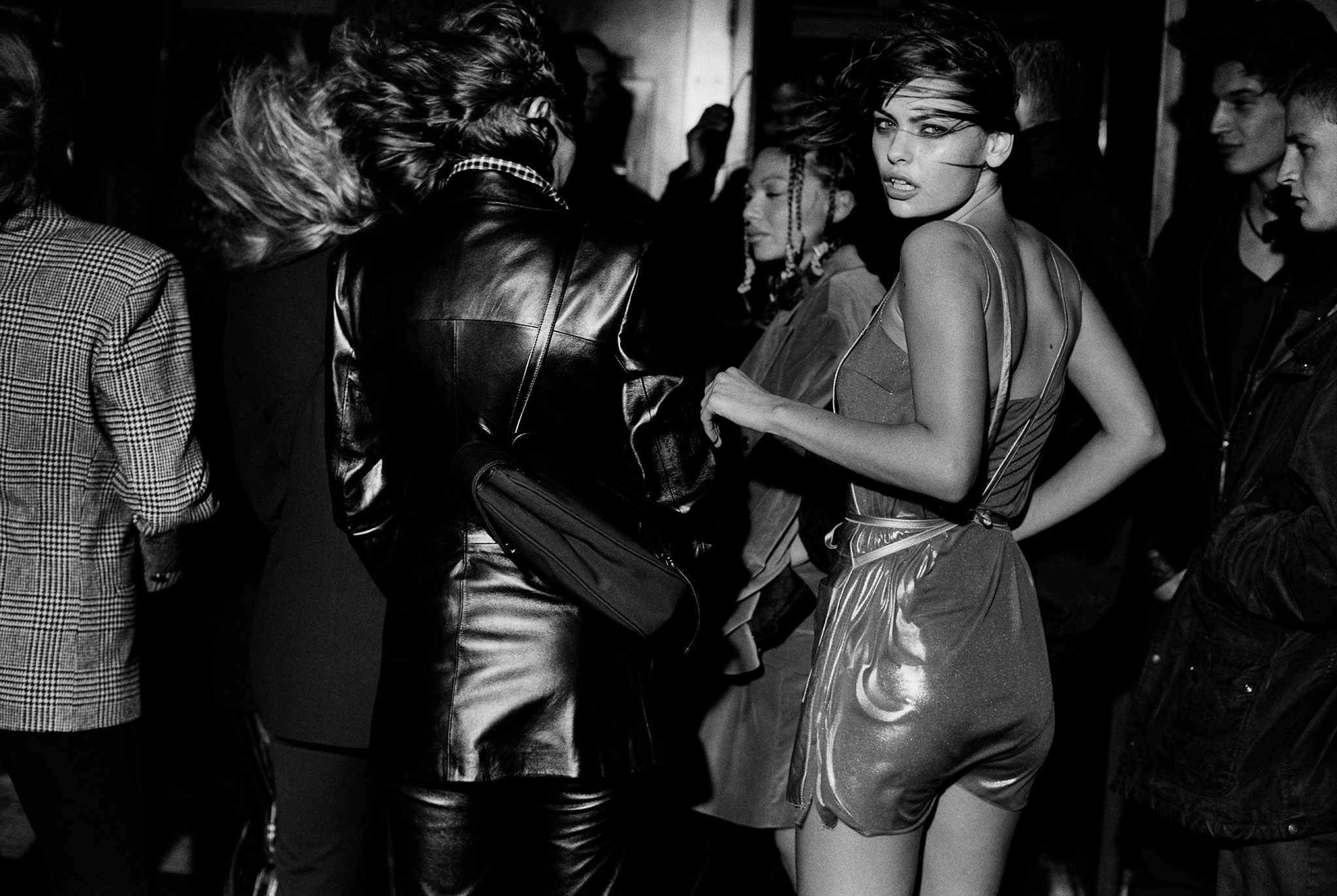
Luciana Curtis, New York, 1998. Photograph by Peter Lindbergh (courtesy Peter Lindbergh Foundation, Paris).
In the central section of the exhibition, presented in a white room contrasting with the first installation, Lindbergh arranged the works he personally considered key to his oeuvre. He experimented with his own material and revealed new stories while staying true to his language. Both emblematic and never before exhibited works are shown in pairs or groups that give rise to unexpected and striking interpretations.
Here can be found some of his most iconic series, such as Naomi Campbell portrayed in Ibiza in 2000 or Milla Jovovich posing with cabaret inspiration. In this room, commissions, personal and editorial photographs are showcased as a whole body of work, without any hierarchies – just as Peter Lindbergh used to conceive it. His recurrent formal resources and obsessions arise here with clarity: body details, masks, scenic arts and alternative definitions of beauty are some of them.
The exhibition closes with the film installation Testament (2013), which uncovers a hitherto unknown side of the practice and character of the German photographer. Shot through a one-way mirror, the film shows the silent exchange between Lindbergh’s camera and Elmer Carroll. The Florida death row inmate spent 30 minutes looking intently at his reflection – thoughtful, introspective and without significant facial animation. Shown for the first time, the Testament installation adds an unexpected layer to the exhibition and opens a discussion about subjects that were of central importance to Peter Lindbergh: introspection, empathy and freedom.
Manifest, the monumental opening installation, which features several large- scale bluebacks, was developed especially for the exhibition and provides an immersive and thought-provoking introduction to Lindbergh’s understanding of fashion photography. It is presented in a completely black room and includes the 24 images that used to appear every time that the artist had to do a selection of works – those who condensed, in his view, the role of fashion photography withing the global visual culture.

Luciana Curtis, New York, 1998. Photograph by Peter Lindbergh (courtesy Peter Lindbergh Foundation, Paris).
In the central section of the exhibition, presented in a white room contrasting with the first installation, Lindbergh arranged the works he personally considered key to his oeuvre. He experimented with his own material and revealed new stories while staying true to his language. Both emblematic and never before exhibited works are shown in pairs or groups that give rise to unexpected and striking interpretations.
Here can be found some of his most iconic series, such as Naomi Campbell portrayed in Ibiza in 2000 or Milla Jovovich posing with cabaret inspiration. In this room, commissions, personal and editorial photographs are showcased as a whole body of work, without any hierarchies – just as Peter Lindbergh used to conceive it. His recurrent formal resources and obsessions arise here with clarity: body details, masks, scenic arts and alternative definitions of beauty are some of them.
The exhibition closes with the film installation Testament (2013), which uncovers a hitherto unknown side of the practice and character of the German photographer. Shot through a one-way mirror, the film shows the silent exchange between Lindbergh’s camera and Elmer Carroll. The Florida death row inmate spent 30 minutes looking intently at his reflection – thoughtful, introspective and without significant facial animation. Shown for the first time, the Testament installation adds an unexpected layer to the exhibition and opens a discussion about subjects that were of central importance to Peter Lindbergh: introspection, empathy and freedom.































